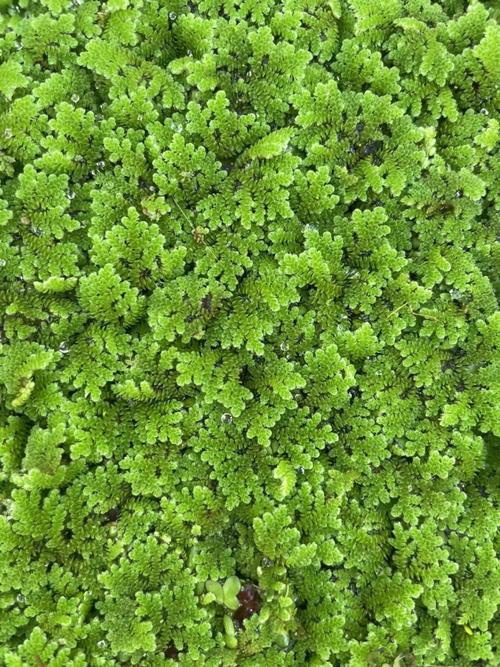
Sand Flea Bites: A Detailed Guide to Understanding and Dealing with Them
Have you ever experienced those itchy, red bumps on your skin after a day at the beach? If so, you might have been a victim of sand flea bites. These tiny creatures, often overlooked, can cause quite a bit of discomfort. In this article, we will delve into the details of sand flea bites, including their appearance, symptoms, prevention, and treatment. Let’s get started.
What Are Sand Flea Bites?
Sand fleas, also known as chiggers, are tiny arachnids that live in sandy environments, such as beaches, deserts, and sand dunes. They are not true fleas but are part of the same order as ticks and mites. When they bite, they inject their saliva into the skin, which can cause an allergic reaction in some people.
Appearance of Sand Flea Bites
Sand flea bites typically appear as small, red bumps on the skin. They can be very itchy and may be accompanied by swelling and redness. In some cases, the bites can form blisters or pus-filled sores. The bites are usually found in areas where clothing covers, such as the legs, arms, and buttocks.

Symptoms of Sand Flea Bites
The symptoms of sand flea bites can vary from person to person. Some common symptoms include:
| Symptom | Description |
|---|---|
| Itching | One of the most common symptoms, often severe and persistent. |
| Redness | The area around the bite may become red and inflamed. |
| Swelling | The bite area may swell, making it feel tender to the touch. |
| Blisters | In some cases, blisters may form around the bite. |
| Pus-filled sores | Infected bites can develop into pus-filled sores. |
It’s important to note that some people may not experience any symptoms at all, while others may have a severe allergic reaction.

Prevention of Sand Flea Bites
Preventing sand flea bites is the best way to avoid the discomfort and potential complications. Here are some tips to help you stay safe:
- Wear protective clothing, such as long sleeves and pants, when visiting sandy areas.
- Use insect repellent containing DEET or picaridin to deter sand fleas.
- Stay on paved surfaces as much as possible, as sand fleas are more likely to be found in sandy areas.
- Check your clothing and skin for sand fleas after spending time in sandy environments.
Treatment of Sand Flea Bites
Most sand flea bites will heal on their own without treatment. However, there are several ways to alleviate the symptoms and speed up the healing process:
- Apply a cold compress to reduce swelling and itching.
- Use over-the-counter antihistamines to relieve itching.
- Apply a hydrocortisone cream to reduce inflammation and itching.
- Keep the affected area clean and dry to prevent infection.
In some cases, if the bites become infected, a doctor may prescribe an antibiotic to treat the infection.
Conclusion
Sand flea bites can be a nuisance, but they are usually not a serious health concern. By understanding the appearance, symptoms, prevention, and treatment of sand flea bites, you can take steps to protect yourself and minimize the discomfort. Remember to take precautions when visiting sandy areas and to seek medical attention if you experience severe symptoms or signs of infection.







